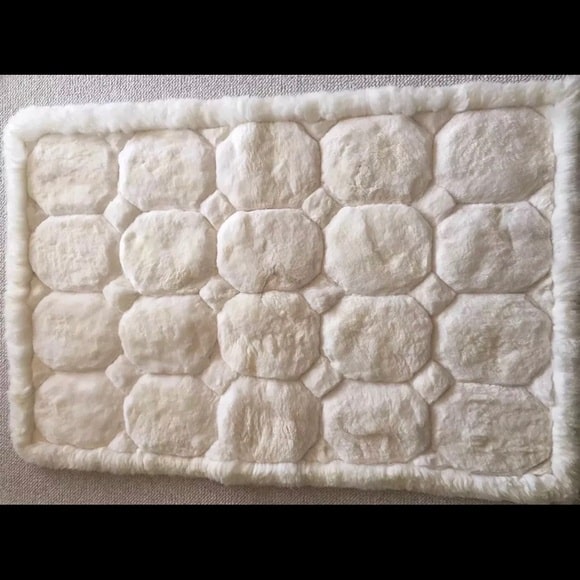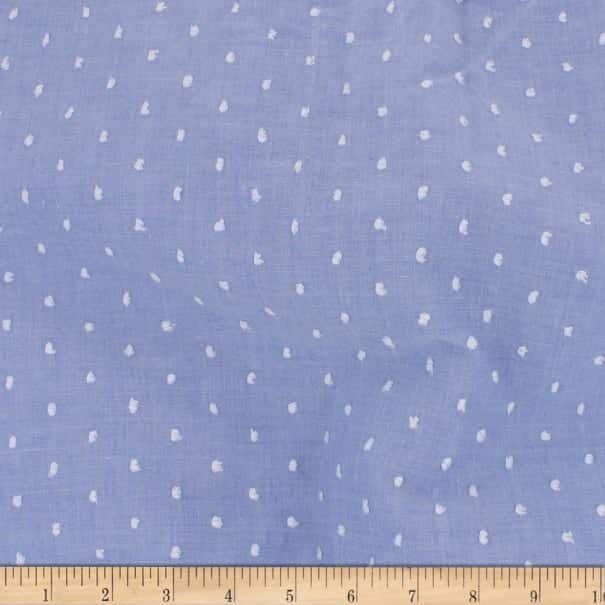OVERLOCK STITCH | No Serger Needed
In this sewing tutorial, you will learn how to achieve an overlock stitch without using a serger. Discover several different stitches that can be used on a basic sewing machine to create a finished seam on sewing projects.
This article emphasizes the importance of finishing off the seam to prevent fraying and ensure the longevity of the project. Whether you’re a beginner sewer or don’t have access to a serger, you can see that there are still ways to get a nice finished seam.
Table of Contents
Key Takeaways
- Finishing off seams is important to prevent fraying and ensure the longevity of the project.
- Zigzag and overlock stitches can be used on a basic sewing machine to achieve a finished seam.
- Overlock stitches are particularly useful for knit fabrics as they allow the fabric to stretch without the seam popping.
Why Finish Seams with an Overlock Stitch?
Finishing seams is an important step in sewing that should not be overlooked. When sewing on woven fabric, the edges will fray, especially after washing.
The threads will start coming off and fraying, which can eventually open up the seam, causing all the work that you’ve done to come undone. Therefore, it’s important in a lot of situations to finish off the seam.
One way to finish off the seam is to use a serger, which cuts off as you sew and finishes the edges so they don’t fray. However, not everyone has access to a serger, especially beginner sewers.
In this case, there are still ways and options to get a nice finished seam without using a serger.
Another reason to finish seams with an overlock stitch is to prevent the edges from unraveling. This is especially important when working with fabrics that are prone to fraying, such as linen or cotton.
By finishing the edges, you can prevent the fabric from unraveling and ensure that your garment or project lasts longer.
In addition, finishing seams can also make your project look more professional and polished. A completed seam lends a polished and clean look to the interior of your clothing item or project, significantly enhancing the overall appearance and quality of your handiwork.
Overall, finishing seams is an important step in sewing that should not be skipped. It can prevent fraying and unraveling, make your project look more professional, and ensure that your garment or project lasts longer.

Zigzag Stitch
The zigzag stitch is a versatile stitch that can be used to finish off the edges of your fabric without a serger. It is a simple stitch that you can easily adjust on your sewing machine to achieve the desired width and length.
To create a zigzag stitch, all you need to do is adjust the width of your straight stitch. On a non-digital machine, you can change the width by turning the dial.
A wider width will create a zigzag stitch, while a narrower width will create a straight stitch.
When using the zigzag stitch to finish off the edges of your fabric, it is important to align the edge of the fabric with the edge of the presser foot. This will ensure that the needle stitches right along the edge, preventing the fabric from fraying.
For a more secure and professional finish, you can add another row of single stitches along the edge of the zigzag stitch. This will reinforce the seam and prevent it from coming undone.
Overall, the zigzag stitch is a great option for finishing off the edges of your fabric without a serger. It is easy to adjust and can be used on a variety of fabrics, making it a versatile stitch for any sewing project.
[azonpress template=”grid” columns=”3″ asin=”B0748JMYTT,B0741HM3HW,B09J72X41Q”]Overlock Stitch
If you don’t have a serger, there are still ways to get a nice finished seam without using one. One option is to use an overlock stitch on your sewing machine. This stitch cuts off as you sew and finishes the edges so they don’t fray.
Overlock Stitch with Presser Foot
Most sewing machines will have an overlock stitch foot that guides your fabric and keeps it lined up with the edge. To use this stitch, change the width to a five and the length to two and a half.
Place your fabric underneath the presser foot with the edge aligned with the edge of the foot. The presser foot will guide your fabric, keeping it butted up against the edge, and do a zigzag and straight stitch in one step.
This stitch is great for knit fabric because it allows the fabric to stretch without the seam popping.
What is an overlock stitch used for in sewing? An overlock stitch is used in sewing to create a finished edge on fabric, preventing fraying and providing a clean, professional look.
How does an overlock stitch differ from a regular straight stitch? An overlock stitch differs from a regular straight stitch in that it wraps around the edge of the fabric, creating a seam that is both strong and flexible.
What types of fabrics are best suited for an overlock stitch? Overlock stitches are best suited for knit fabrics, as they allow for stretch and movement without breaking or pulling the seam.
Can an overlock stitch be used for decorative purposes? While an overlock stitch is primarily used for functional purposes, it can also be used for decorative purposes, such as creating a decorative edge or adding a contrasting thread color.
How do you adjust the tension on an overlock stitch to achieve the desired result? To adjust the tension on an overlock stitch, you will need to consult your sewing machine manual. Generally, the tension is adjusted using a dial or knob, and you may need to experiment with different settings to achieve the desired result.
Slanted Ladder Stitch
Another option for finishing off your seam is to use a slanted ladder stitch. This stitch will give you a really nice finished edge and add stretch.
To use this stitch, place your fabric just along the edge of the presser foot and begin sewing. Ideally, you would want to trim the excess fabric off down to the edge, but you could also trim it off before sewing.
This stitch also works well on knit fabric and allows it to stretch.
If you don’t have access to a serger, there are still ways to get a nice finished seam. Using an overlock stitch or a slanted ladder stitch on your sewing machine can give you a professional-looking finish.







